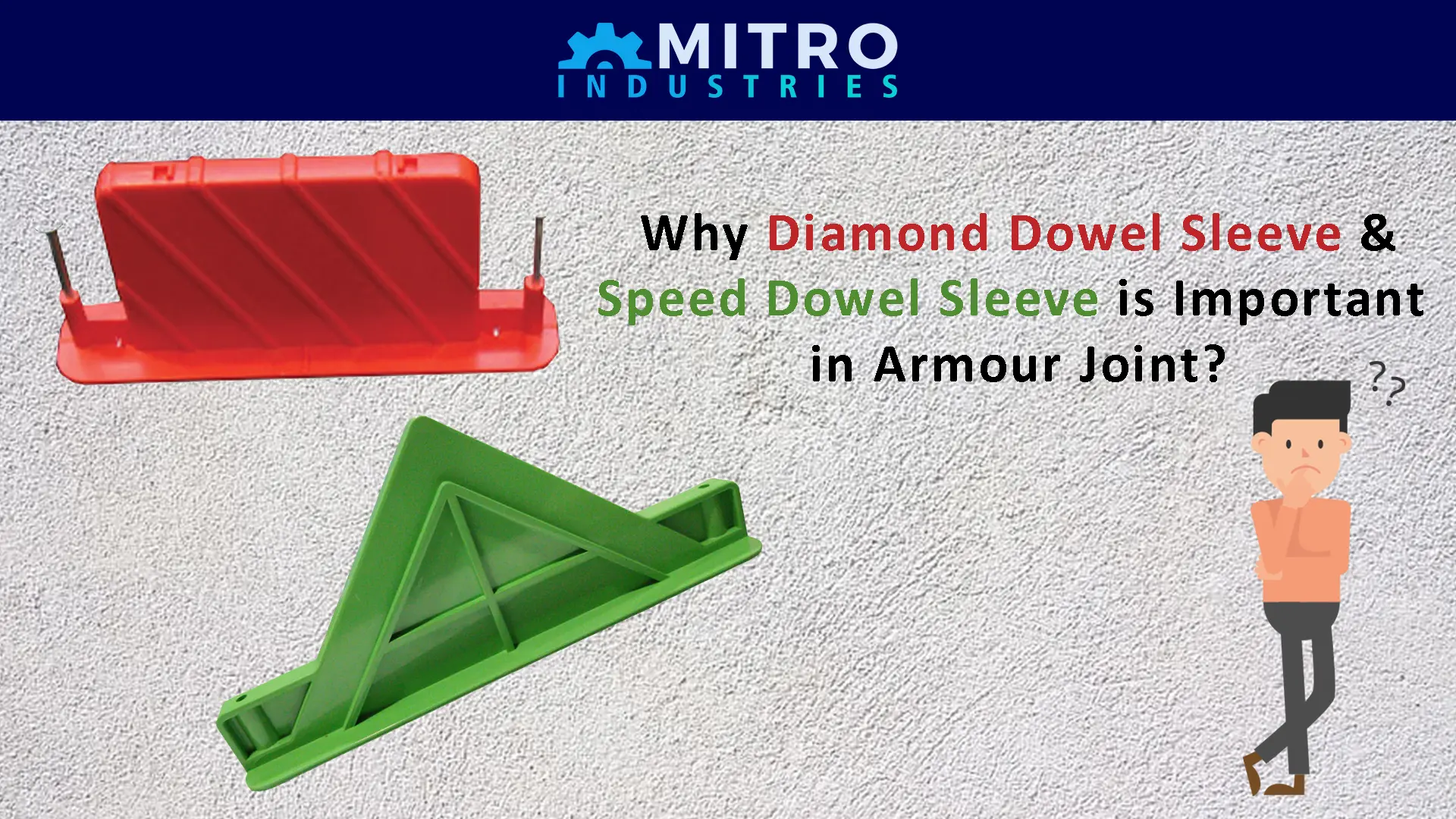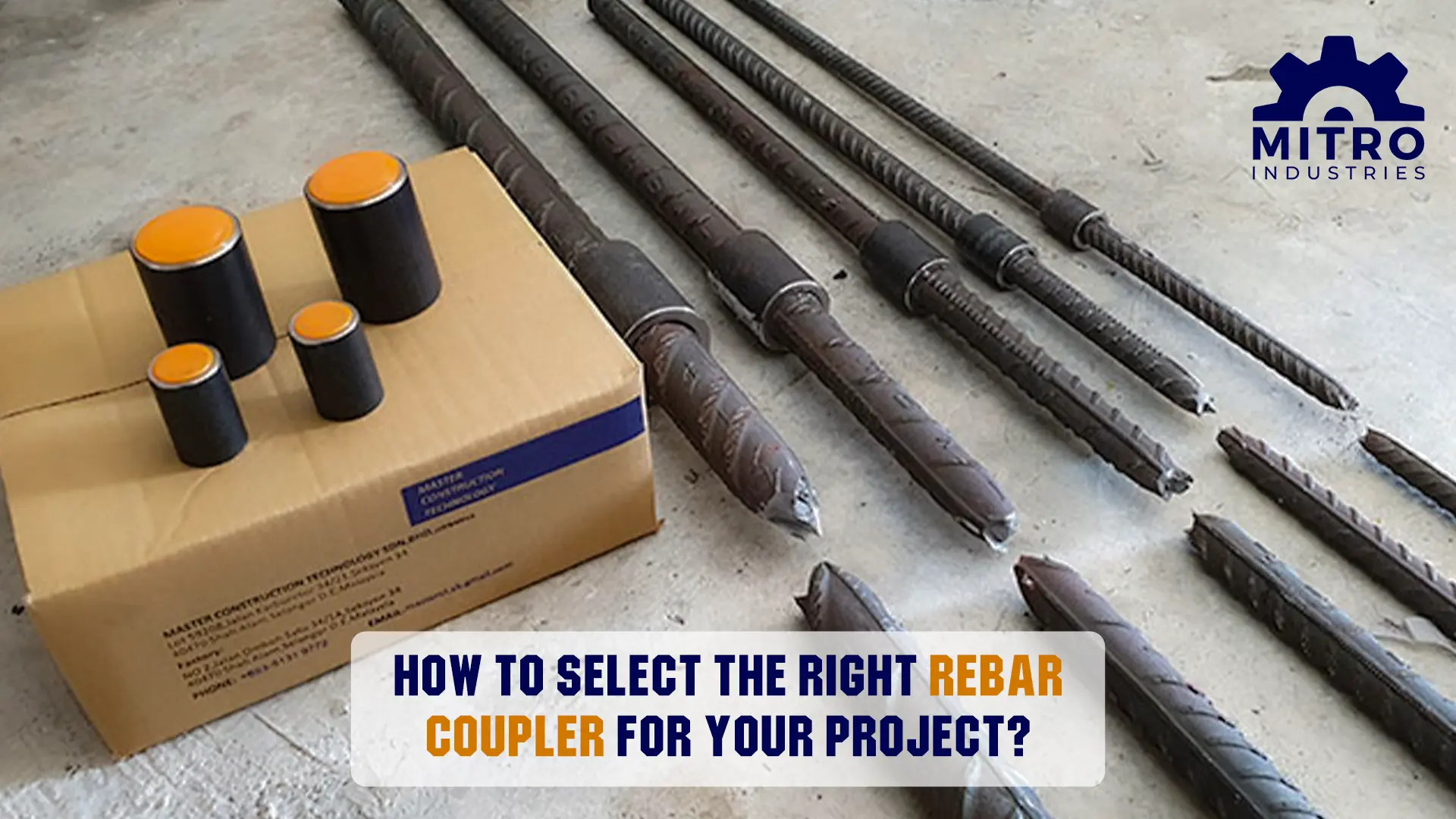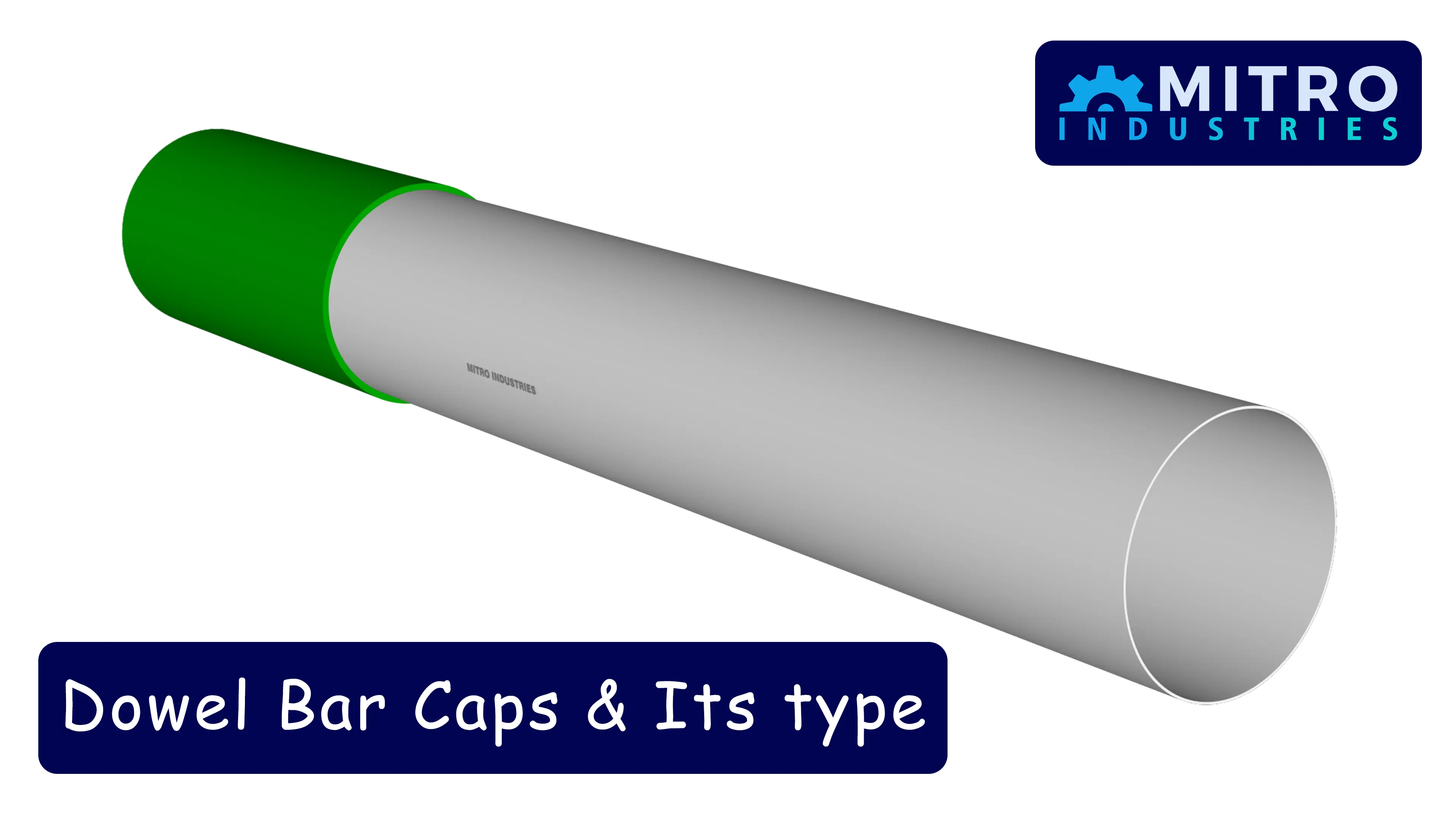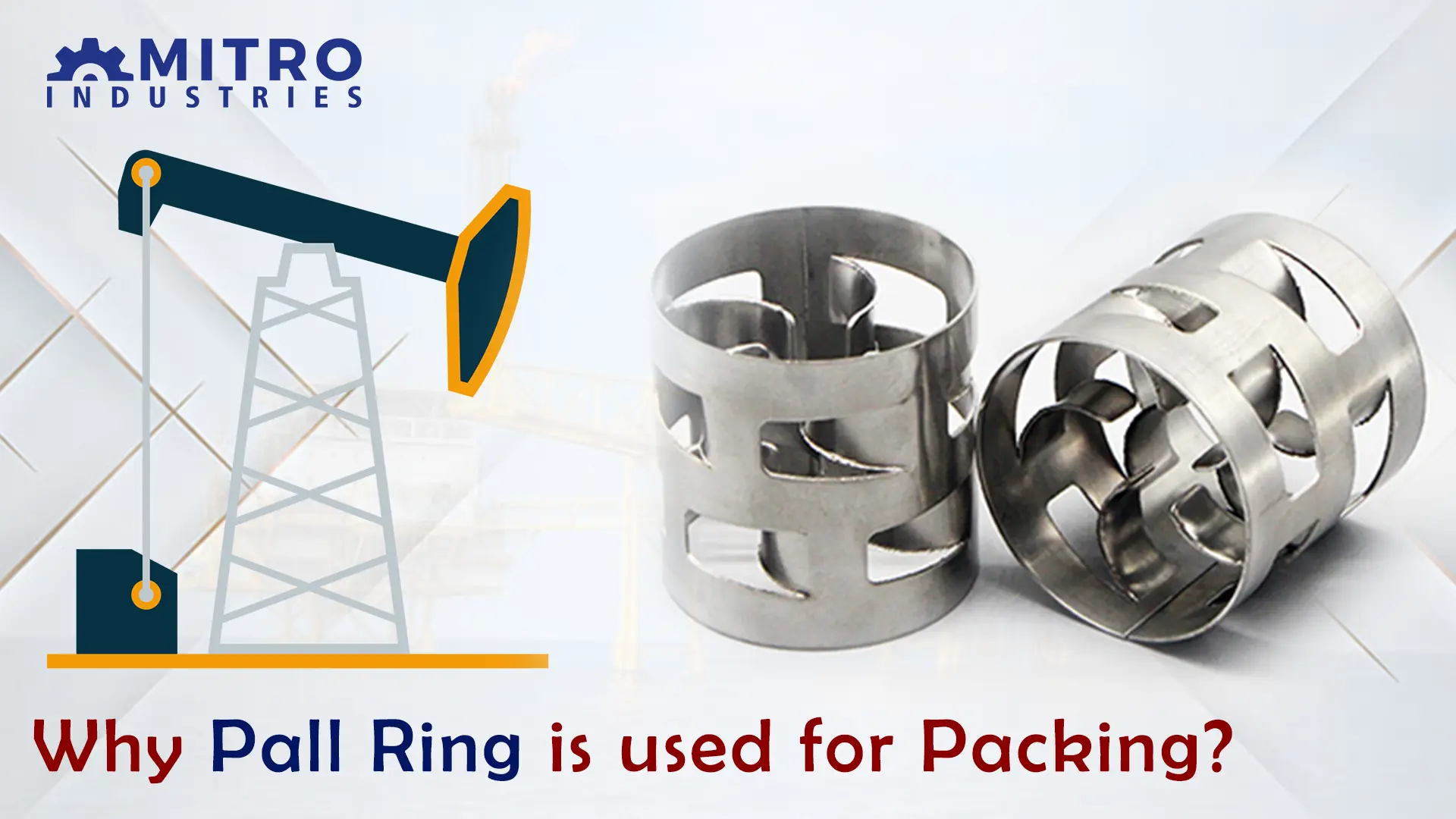Why forged TMT Bar before threading for Rebar Coupler?
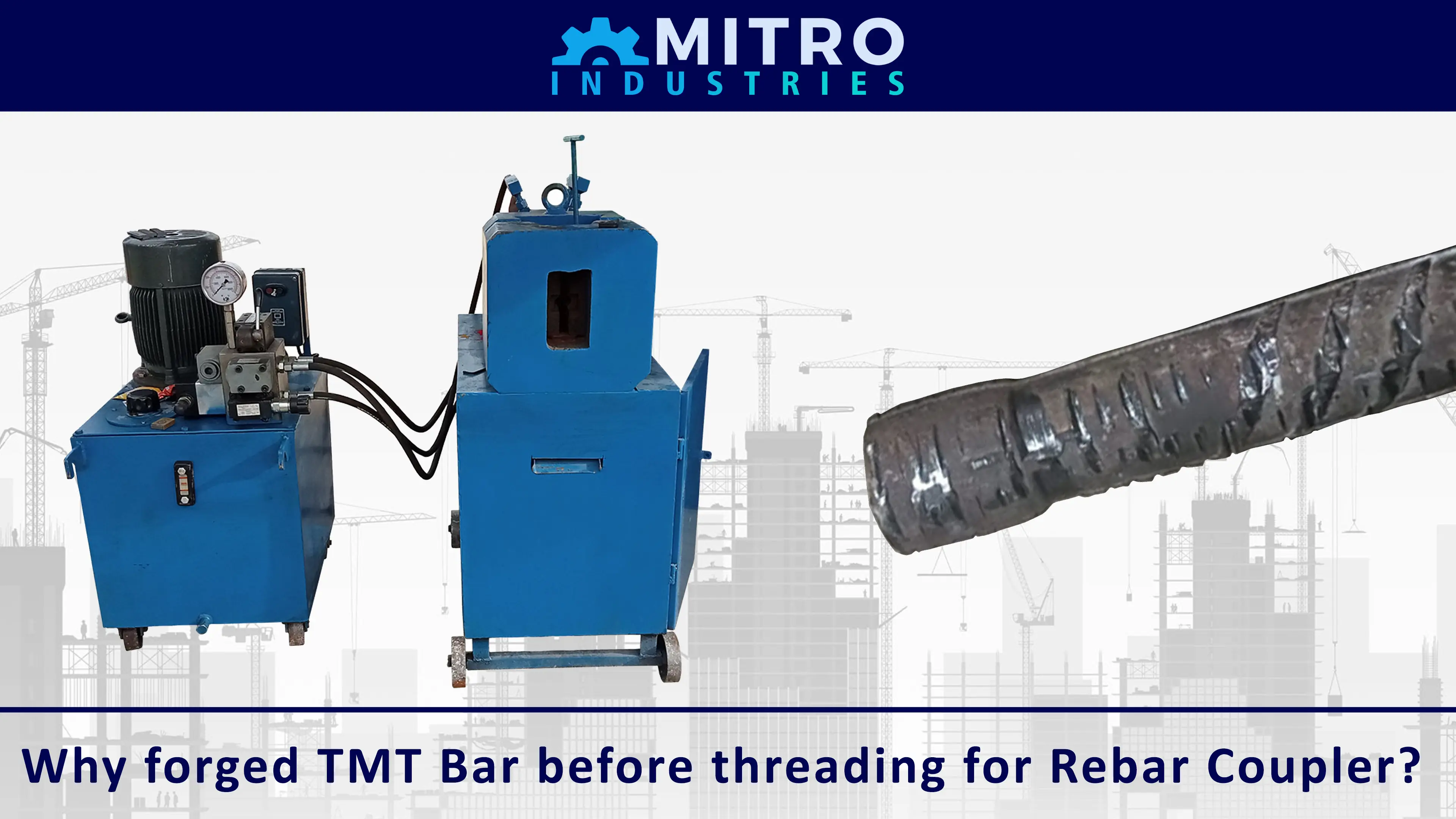
16 Jun 2025
Construction
4780
"Lets dive into the importance of cold forging in rebar preparation and the role a Rebar Cold Forging Machine plays in this process."
In modern construction, structural integrity depends heavily on the strength and reliability of reinforced concrete. One of the most crucial components in achieving this strength is the connection between rebars, particularly through rebar couplers. But before a TMT bar (Thermo-Mechanically Treated bar) is threaded for a coupler, it must undergo a cold forging process.
What is Cold Forging of Rebars?
Cold forging is a mechanical process where the end of a TMT bar is compressed using high pressure at room temperature to increase its diameter and density. This enlarged section provides a uniform and dense metal surface, which is then suitable for precise threading.
Performed by
A Rebar Cold Forging Machine, which uses hydraulic pressure to deform the rebar end without affecting the internal structure or weakening the steel.
Why is Cold Forging Necessary Before Threading?
Threading a TMT bar without prior forging can lead to several issues such as weak threads, material breakage, or uneven fitment with the coupler. Forging solves this by offering the following benefits
1. Increased Material Strength
Cold forging compacts the metal grain structure at the bar end, making it stronger and denser. This helps the threaded part withstand high tensile forces and vibrations without failure.
2. Uniform Threading Surface
TMT bars typically have ribs and uneven surfaces. Forging smooths and enlarges the bar end, creating a consistent diameter for accurate threading and perfect fit with the coupler.
3. Better Coupler Engagement
A forged and threaded bar ensures full engagement inside the coupler, which leads to a stronger mechanical joint capable of transmitting full load between rebars.
4. Reduced Threading Errors
Without forging, threading machines can wear out quickly due to surface irregularities, leading to poor-quality threads. Forged ends are more machinable and result in cleaner, more precise threads.
5. Improved Structural Performance
Forged and threaded joints show superior performance under tension, bending, and dynamic loads — critical for seismic or high-rise applications.
How a Rebar Cold Forging Machine Works
At the heart of this process is the Rebar Cold Forging Machine by leading manufacturers like Mitro Industries. Here's how it functions
Step 1 - The TMT bar is clamped into the machine.
Step 2 - Hydraulic pressure is applied to compress the bar end.
Step 3 - The bar end expands uniformly, increasing the outer diameter.
Step 4 - The forged end is then ready for threading and subsequent coupling.
These machines are designed to handle bars of various sizes (typically 12mm to 40mm) and operate with high precision and repeatability, ensuring consistency across thousands of joints.
Forging TMT bars before threading is not just a technical requirement — it's a critical quality assurance step in the rebar splicing process. It ensures that each bar-to-bar connection is mechanically sound, structurally reliable, and compliant with modern construction standards.
Rebar Cold Forging Machines make this process efficient, precise, and scalable — especially for infrastructure projects where reliability cannot be compromised.
If you're in the construction or rebar processing business, investing in a robust cold forging setup is not just a good idea — it's an essential step toward building stronger, safer structures.
Popular Posts
-

Why use Demister Pad in tower packing?
1738 Views -

Why Armour Joints use for Flooring?
1955 Views
